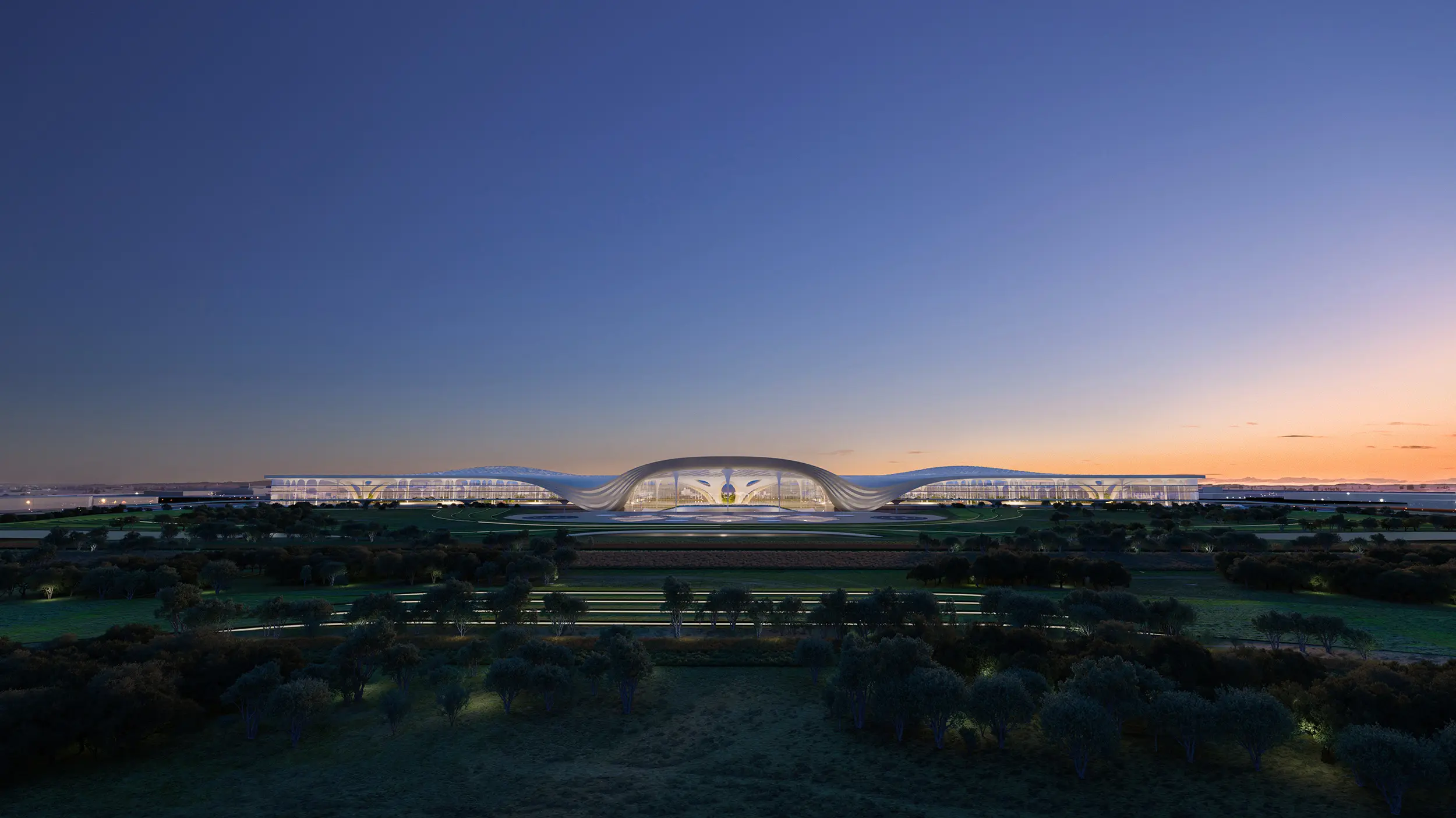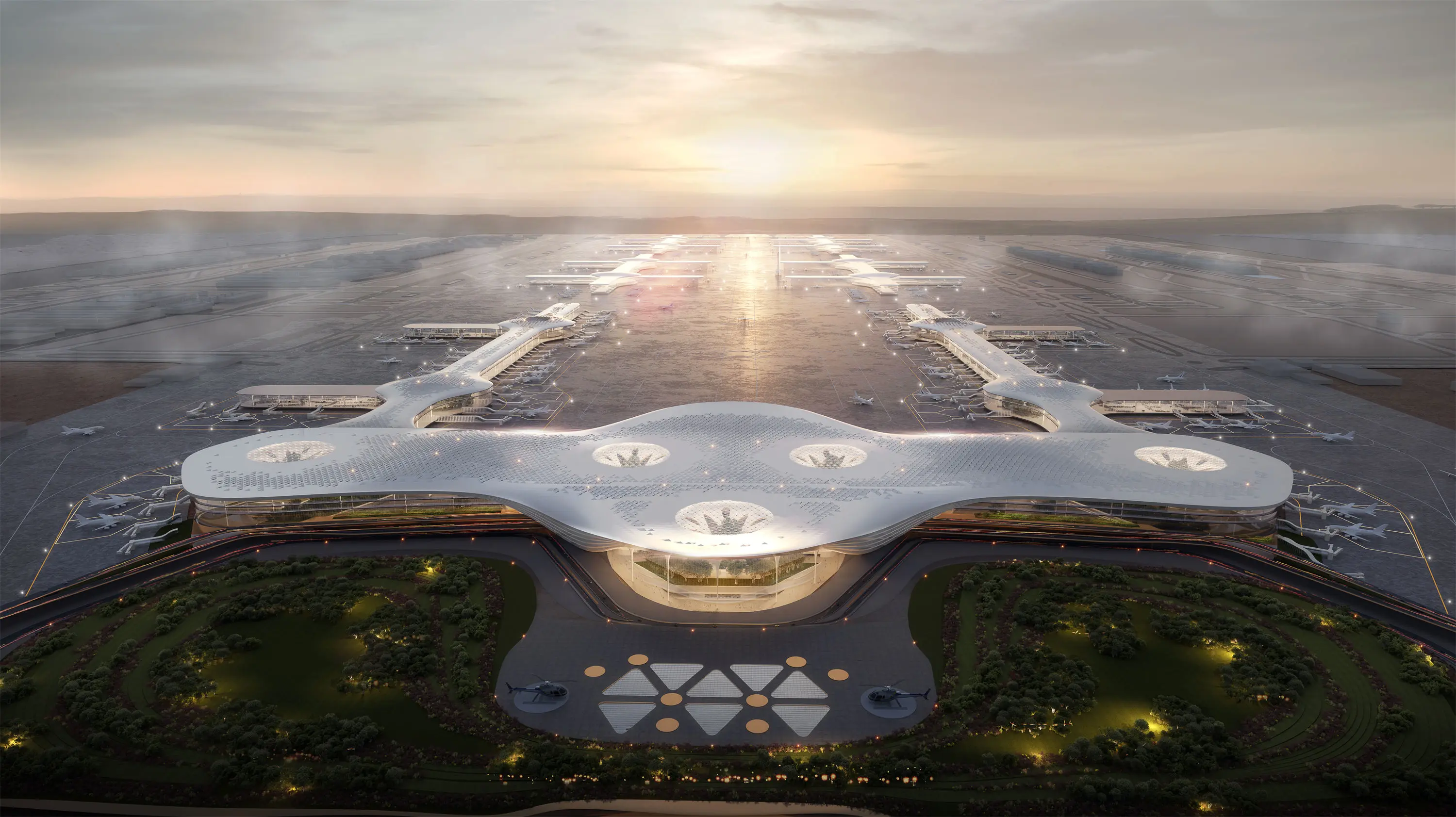What are the pros and cons of real-time rendering versus offline rendering?
Real-time rendering and offline rendering each have their own unique advantages and disadvantages, as follows:
Real-time rendering
advantage
Strong interactivity: it can respond to the user's operations in real time, such as perspective change, character movement, etc., so that the user can see the results in real time during the operation process, which is suitable for games, virtual reality, architectural visualization and other fields requiring real-time interaction.
Fast rendering speed: In order to meet the real-time requirements, real-time rendering usually adopts strategies such as optimization algorithms and simplified models, which can generate images in a short time, generally rendering 30 frames to 60 frames per second or even higher, providing smooth visual experience.
Low cost: does not require a lot of computing resources and time to render each frame, the hardware requirements are relatively low, and can be run on ordinary computers or mobile devices, reducing development and operating costs.

shortcoming
Relatively low image quality: In order to ensure the rendering speed, certain image quality is often sacrificed, such as the use of simplified models, lower resolution textures, simple lighting models, etc., resulting in the image detail and realism is not as good as offline rendering.
Limited light and shadow effects: real-time rendering is difficult to achieve complex light and shadow effects, such as accurate ray tracing shadows, global lighting, etc. These effects are very important to create a real scene atmosphere, but the calculation is huge, real-time rendering is difficult to bear.
Offline rendering
advantage
Extremely high picture quality: you can use more complex lighting models, higher resolution textures and finer models, which can generate extremely realistic light and shadow effects and rich details, suitable for the production of animated movies, advertisements, high-end game cutscenes and so on.
Rich light and shadow effects: support a variety of advanced light and shadow technologies, such as ray tracing, global lighting, environmental shading, etc., can accurately simulate the propagation of light in the scene, reflection, refraction and shadow and other physical phenomena, to create a realistic scene atmosphere and sense of reality.
shortcoming
Long rendering time: Due to the large amount of detail and complex light and shadow effects to calculate, each frame can take a long time to render offline, which can vary from minutes to hours or even days, which has a large impact on the production cycle, especially if frequent modifications and adjustments are required.
High cost: Powerful computing resources are needed to support rendering, usually requiring the use of professional graphics workstations or cluster servers, and hardware costs are high. At the same time, a long rendering time will also consume a lot of power, increasing operating costs.
Lack of interactivity: in the rendering process can not immediately respond to the user's operations and modifications, need to wait for the completion of rendering to see the result, if the problem needs to be modified, it needs to re-render, which will waste a lot of time.
LIGHTSCG-is an architectural Visualization Studio Animated Explainer Videos - Animated Videos for Business,Large Building Animation Production, 15 years of Experience Company


